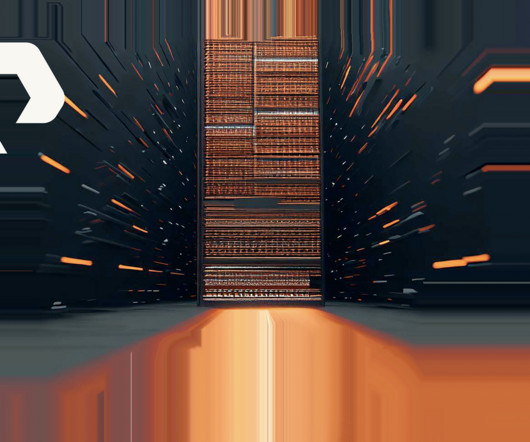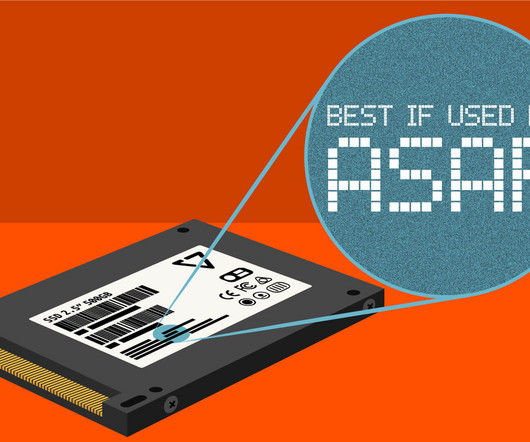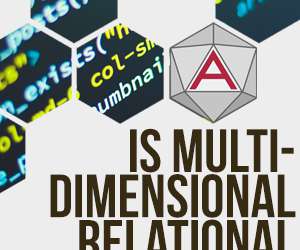What Is a Data Mesh and How Do You Implement It?
Pure Storage
OCTOBER 4, 2023
What Is a Data Mesh and How Do You Implement It? by Pure Storage Blog A data mesh is a transformative shift in data management that emphasizes decentralized data organization and domain-specific ownership. It empowers businesses to harness data more effectively.














Let's personalize your content